Table of Contents
Editor’s Note: Kohi+ no longer appears to be producing the Kohipress. For a great alternative, consider the ESPRO Ultralight Press or the Aeropress Go.
Kohi+ sent Coffee Brew Guides a thing to review: the Kohipress!
It always feels like Christmas when new products come in. You really feel alive during that unboxing moment. The new brewer smell, the experimentation, the wind in your hair… it’s a good time.
Having over 5 years of experience in the specialty coffee biome, I tend to be picky about brewers. Even though I’ve worked as a barista, my first love is home brewing. I’ve always been fond of the non-espresso brewing apparatus.
You’d imagine my excitement when I received the Kohipress in the mail. It’s supposedly an ultra-mobile, durable, and balanced immersion brewer.
There are some decent mobile brewers on the market, but I’ll admit that the Kohipress could be a worthy addition if it performs well. I keep either an ESPRO Ultralight Press or an Aeropress close during every adventure. I hope I can do the same with the Kohipress.
Let’s take a look-see, shall we?
First Impressions
[As you’ll note, these are almost off-the-cuff thoughts of my first experience with the brewer. An in-depth analysis is coming in the next section]
Before receiving the Kohipress, I did some reconnaissance. After browsing around the Kohi+ website, it looked to be simple enough. It’s a one-way valve press that is also a built-in thermos and decanter. Pretty awesome!
I did, however, become a little skeptical as I watched their video of the Kohipress. The heaps of pre-ground coffee at the 0:25 mark really did a number on me. FRESHLY grinding your beans is Good Coffee 101. Anywho, I didn’t let that phase me (too much).
When I finally received the Kohipress, I tore it out of the box, gave it a good scrub, and went to work.
Initial Tests
I chose a coffee I was familiar with. I spent the last week brewing with Spyhouse’s Honduras Otilio Leiva. I understood the coffee, and quite frankly, I’m in love with it. It was a good control for the first brewing assessment.
I also kept a bag of Cuvee’s Guatemala Hunapu Volcan de Agua on hand. It’s not my favorite coffee, but the chocolatey, tomato-like savoriness shines through in immersion brews.
Here was my first recipe:
- Water = 400 ml
- Ratio = 1:16
- Coffee = 25 g
- Grind = medium-coarse
Rapidly pour in water. At 45 seconds, pat down the bloom and cover top of brewer. Let sit until 2:00 and proceed with 2 stirs. Stir once more at 3:20 and press.
I liked it.
The Toblerone, Horchata notes really came through in the Spyhouse Honduras. The mouthfeel was similar to that of an Eva Solo – viscous, soupy, and heavy-bodied. The brewing process was a cinch, which is a godsend for remote brewing.
I brewed up another batch, dialing in the recipe a bit.
Still good.
I now noticed that the Kohipress was a bit difficult to clean. The isolation chamber held a mass of slurry and excess water. Since I didn’t want to put grounds in my sink, and because I’m not fond of decanting scalding hot water in my garbage, I had to dispose of it outside.
Also Read: Osaka Cold Brew Dripper Review And Brewing Guide
Overall, I enjoyed the Kohipress for my first two brews. I approached it with an open mind, not being too critical…yet.
After Using It For a Week
I thought about this review long and hard. When I review a product, I do my best to respect the individuals that spent countless hours designing it. I also do my best to pinpoint the seller’s target market. That being said, Kohi+ asked Coffee Brew Guides for an honest review, knowing that we take our coffee pretty seriously here at Coffee Brew Guides.
My verdict: Kohipress isn’t fit for specialty coffee homebrewers.
You may find my verdict a little harsh. I mean, I praised it in the former section right?
I did… but for the first two brews. After brewing almost exclusively with something for an entire week, you begin to notice some important details. Let’s walk through how I came to my decision.
[And for the record, the Kohipress is definitely a fit for some people. Just not for aspiring homebrewers and baristas in the specialty industry. We will talk about this more later.]
Water Waste
The Kohipress features a patented isolation system. When plunging, the self-lock mechanism (one-way valve on the plunger) lets the coffee through the mesh filter into the body of the plunger. The coffee grounds get pushed down until they are completely isolated from the brew (pretty sweet).
Personally, I love this design. It truly lets you brew on the go. The grounds are isolated, so immediately decanting isn’t necessary (like with a normal french press). There is, however, a major flaw that causes water waste.
The isolation chamber is too big. It doesn’t just isolate the coffee grounds from the final brewed coffee – it isolates water too.
- Om nom
- Left: Brewed Coffee. Right: Water Waste.
Here’s how much water the isolation chamber wastes without coffee (using a normal 1:16 coffee to water ratio):
- 400 ml water = 75.6 ml water waste
- 300 ml water = 79 ml water waste
- 250 ml water = 78.4 ml water waste
And now water waste with coffee grounds (waste is slightly lower since the grounds soak up some water):
- 400 ml water = 50.6 ml water waste
- 300 ml water = 60.25 ml water waste
- 250 ml water = 62.775 ml water waste
It’s also near impossible to use enough coffee to fill the isolation chamber in the first place – it would take 30-40 grams! However, the Kohipress reaches max capacity with just 400 ml of water, which really only needs 26g of coffee (max) to brew a rich cup. That’s a lot of extra wasted space in there (and, thus, the water waste).
Also Read: Handground Grinder Review And Grind Comparison
Plunger Jam
I found that the plunger jams around 30% of the time.
All of the Kohi+ videos I found made the plunge process look easy. 70% of the time, this was the case for me. Kohipress’s plunge process is the best part of the brew. It’s smooth, satisfying, and quick.
But when the plunger jams, it’s near impossible to push down. I’m 202 pounds, and I barely got it to go down after 2 minutes. There were even a couple of times that the plunger recoiled from the pressure, scorching my arms with coffee spray.
A jammed plunge added 1 – 2.5 minutes to my overall brew time. Not helpful.
My plunger jam attempted remedies:
- Wiggling the plunger. This worked once or twice. I assume the self-lock mechanism was acting finicky.
- Wiggling the spring on the self-lock mechanism. I don’t think it worked.
- Removing the seal on the self-lock mechanism, washing it, and carefully placing it back in. Didn’t work.
- I also made sure the lid on the cap was flipped up. I even took it off but to no avail.
- Pulling up on the plunger. This exacerbated the problem!
- Letting my girlfriend borrow the Kohipress. I didn’t tell her about the jamming issues… hers jammed as well.
I assume that coffee clogged the filter? This doesn’t really make sense though. I even coarsened my grind to remedy the issue, but it kept jamming. There may be a factory defect with my particular brewer, but I doubt it.
Clean Up
As I mentioned before, the excess water in the leftover coffee slurry makes the Kohipress hard to clean. I had to empty the slurry into a separate receptacle and dispose of it outside (a 3 story walk downstairs). My garbage and sink are a no go when it comes to 80 ml of hot coffee slurry.
Let’s move on to some positive things. The Kohipress deserves some credit after all.
What it Does Well
Going Mobile
The Kohipress excels in the mobile department. The isolation system, paired with the built-in thermos, makes for a killer combo.
Unless I was going camping or brewing outside, I’d rather take my Aeropress with me. It’s still much easier to clean. If you’re able to dump the slurry outside, the Kohipress may be a good choice, but water is still needed to remove coffee grounds sticking to the bottom of the chamber.
Easy Learning Curve
Kohipress is incredibly easy to brew with. Kohi+ did a decent job with the instructions, so I have no qualms there. Anyone could pick this up and brew… unless the plunger jamming issue arises.
Good Coffee
I made some pretty good coffee with the Kohipress. However, water waste and sporadic plunger jamming make the brewer unreliable for those diving deep into the world of specialty coffee.
Who is Kohipress Good For?
The Kohipress is a decent option for folks just getting into better coffee. I feel like it’s more for the Keurig crowd – people that are satisfied with efficiency over quality. And I’m not insulting Keurig users. If someone enjoys a k-cup now and again, I have nothing against that.
If you’re truly wanting to get into craft coffee, I more recommend giving a French Press or Aeropress a shot!
Also Read: Kuissential Versa Travel French Press Review and Brewing Guide
Debunking Kohi+ claims
The Kohi+ is pretty informative, but I noticed several claims that didn’t quite sit right with me at first. I wanted to dive into some of these claims as part of this review. A few things to note before we dig in:
- An 18 – 22% extraction yield is considered ideal by industry experts.
- It’s a good idea to keep your coffee to water ratio in between 1:15 – 1:18. These ratios promote a healthy extraction yield.
“The KOHIPRESS was borne due to a demand in the coffee market for a portable full steep immersion pressurized press. Total immersion of the coffee grounds into water results in a rapid yet robust extraction of flavour.”
I’m not sure what Kohi+ means by “rapid yet robust extraction of flavor”. To achieve an 18 – 22% extraction yield (the best zone for flavor development), immersion and pour over methods usually need 2-4 minutes. Espresso, on the other hand, is what I would call “rapid”, only needing 30-40 seconds for a good shot. But the Kohipress? I wouldn’t exactly say it’s rapid.
“Until the KOHIPRESS came onto the market there was no durable French Press coffee maker as all others were made from plastic.”
I just don’t think this is true.
“The air pressure plunge method reduces filtering time and avoids the bitterness of a longer brewing process such a drip brewing. Because of the short brewing time, the acid level is much lower than conventional brewers.”
Here’s the short answer: acids are some of the first things to be extracted from coffee beans. Time doesn’t really impact acids as much as grind size and other variables. The “short brewing time” really doesn’t affect the acid levels at all.
Now here’s the long answer:
In Everything But Espresso, Scott Rao makes the case that a 19 – 20% extraction can be achieved with drip brewers. The recommended contact time is 5 – 6 minutes. On the Kohipress box, Kohi+ recommends a 4 minute brew time without mentioning grind size. On their website, they recommend a 3 minute brew time.
In The Coffee Brewing Handbook, Ted Lingle writes that “ compared to grind or temperature, brewing time plays a smaller role in determining the relative differences in the taste characteristics of acidity, bitterness, body, and astringency. Once the brewing time is determined – usually be the design of the equipment – the coffee’s flavor only can be controlled by selecting the correct grind.”
The point above shows that grind size and other variables affect acidity much more than time. Kohi+’s claim is an oversimplification.
Studies on how coffee increases cholesterol levels have been mixed. One thing is clear: Coffee may raise cholesterol, but this depends on how you brew it.
The coffee oils in ground coffee is what causes the cholesterol. In order to reduce this, filters are used to ensure that fine coffee grounds are not settling at the bottom of your cup. The finer the coffee filter, the lower the chances are of this happening. Our products have one of the finest reusable filters on the market. You will not get much coffee ground sediment at the bottom of your cup, if any! Have a look and see.
Kohi+ is making a huge oversimplification here – and probably a wrong one.
The researcher behind the 2012 SCAA Report on Coffee and Health, Emma Bladyka, sites a plethora of studies that suggest coffee sediment could slightly raise cholesterol levels. If anything, the Kohipress most likely RAISES cholesterol more than the average brewer – because there’s no paper filter being used.
I hope you enjoyed the review.
If you’re still curious, despite my hesitations, I recommend you give the Kohipress a shot. Maybe your experience will be fruitful and worthwhile!
References:
- Rao, Scott. Everything But Espresso. Scott Rao, 2010.
- Lingle, Ted R. The Coffee Brewing Handbook. Specialty Coffee Association of America, 2011.
- Bladyka, Emma. Report on Coffee and Health. Specialty Coffee Association of America, 2012.



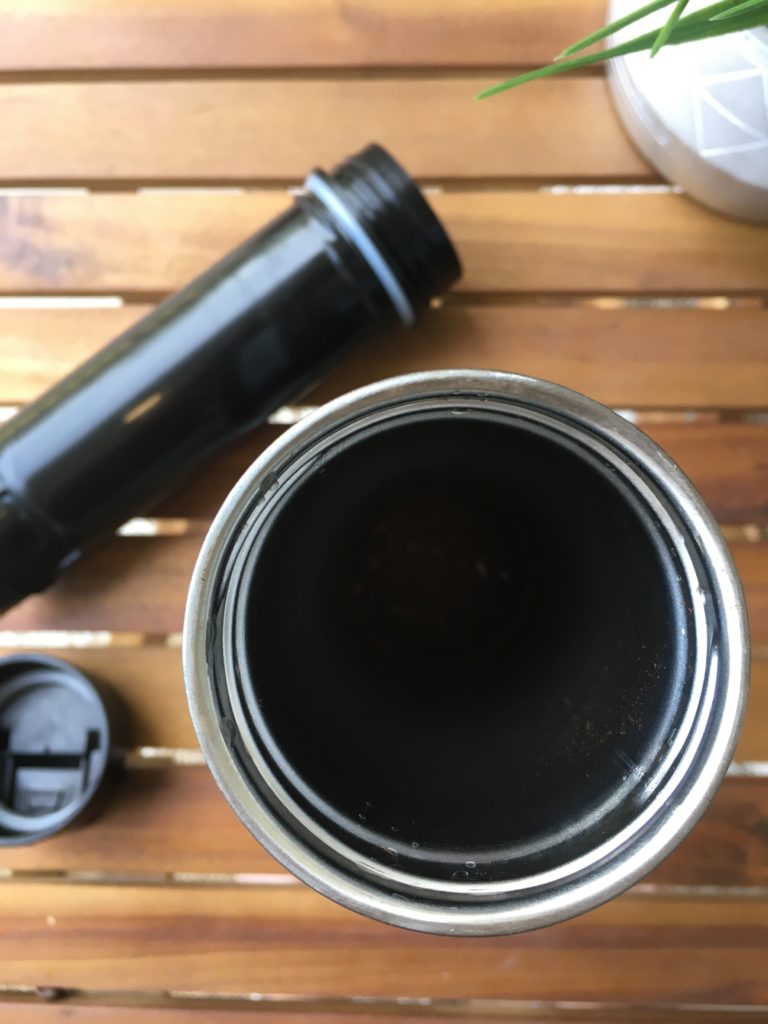
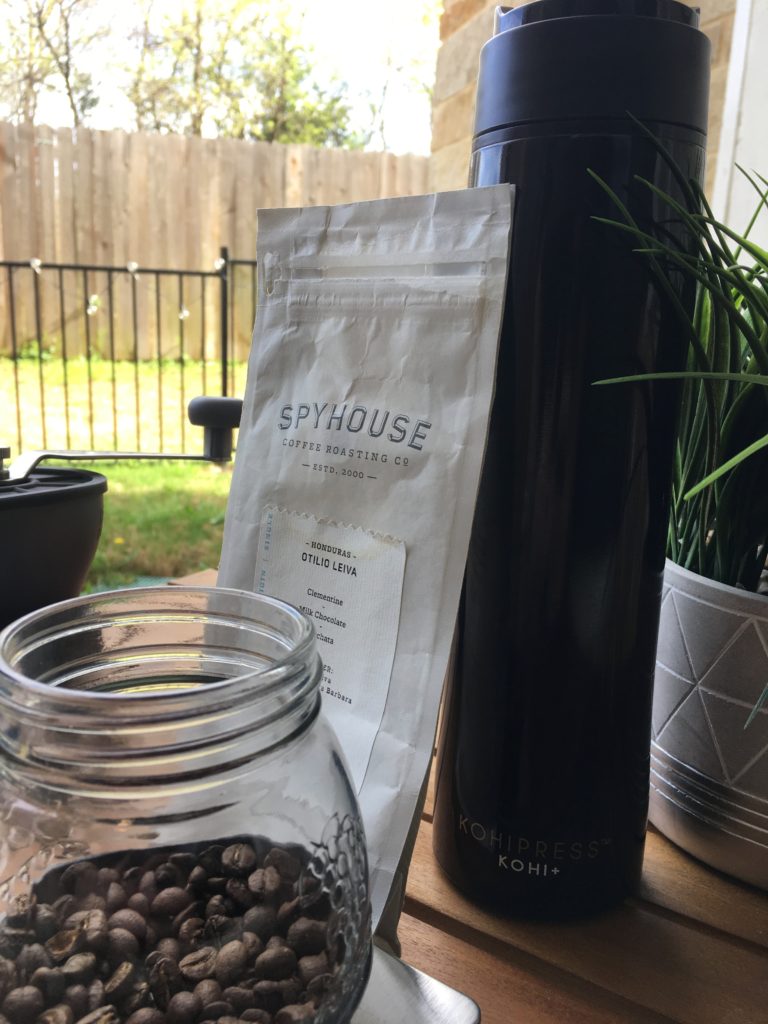



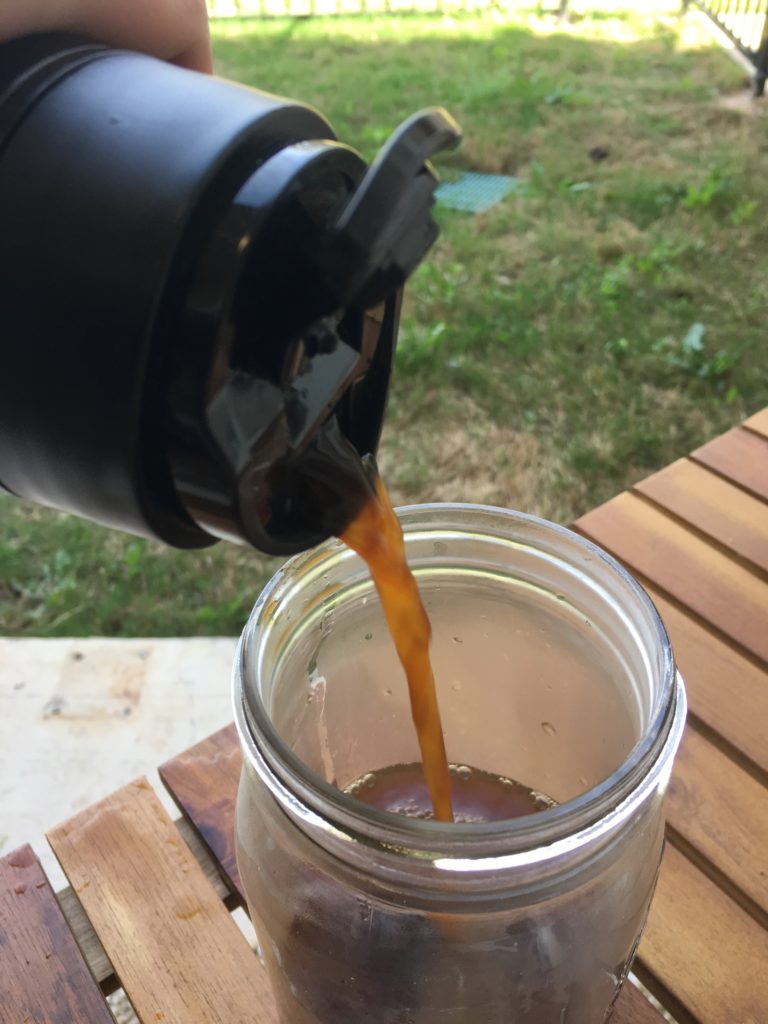

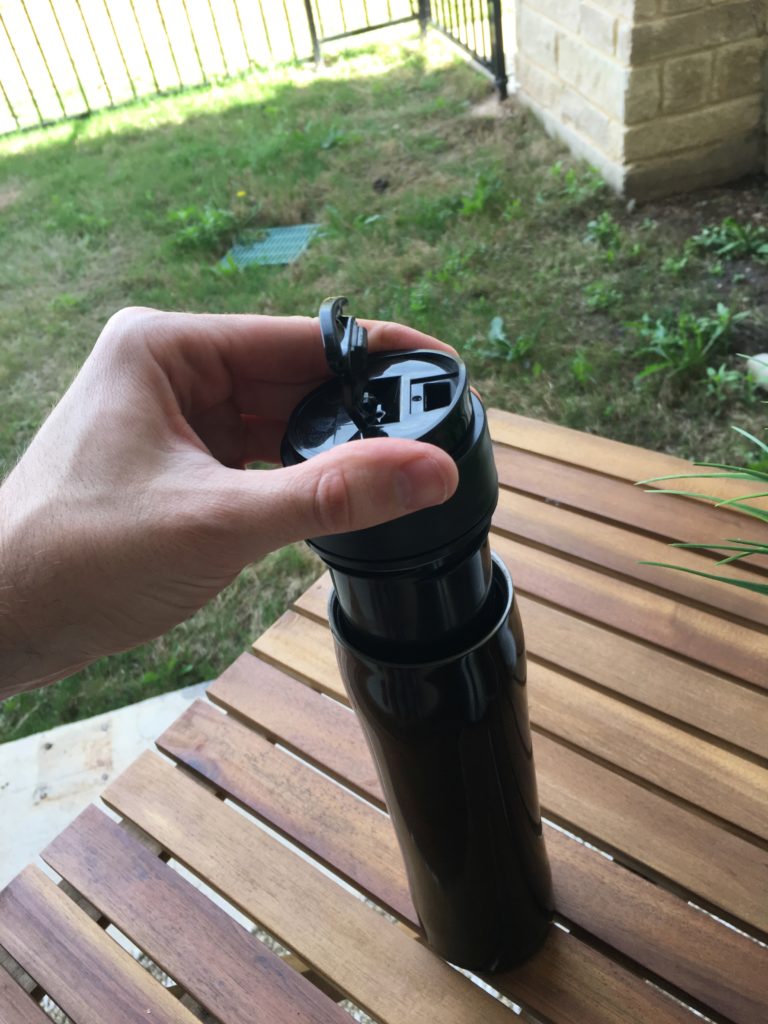
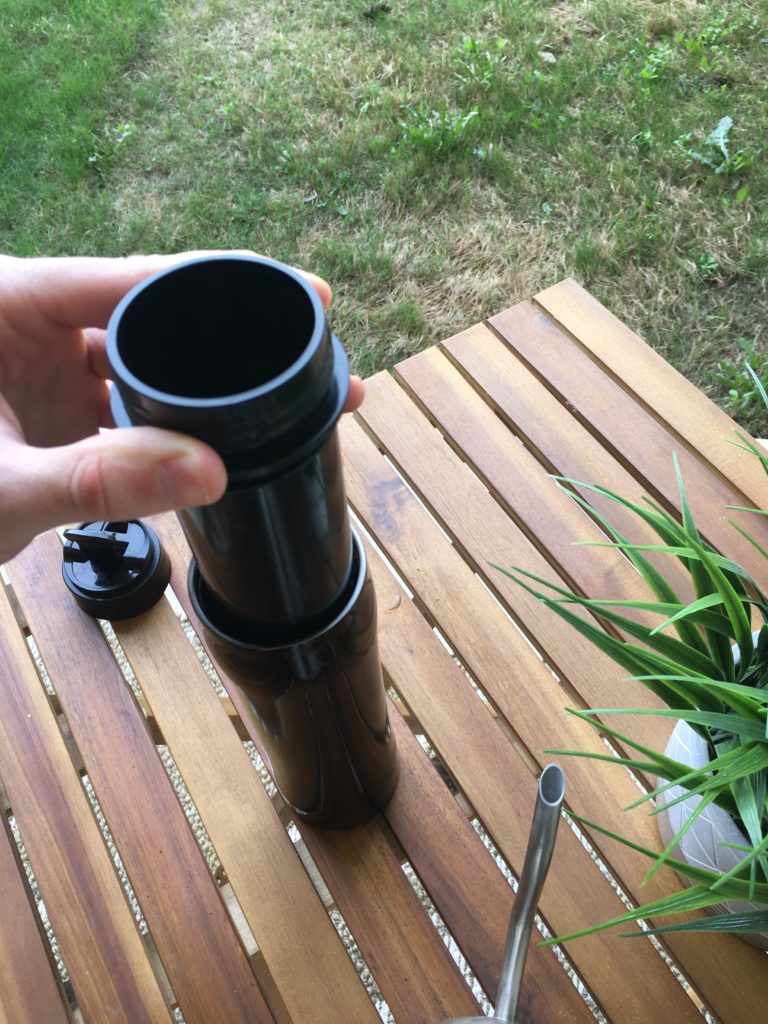

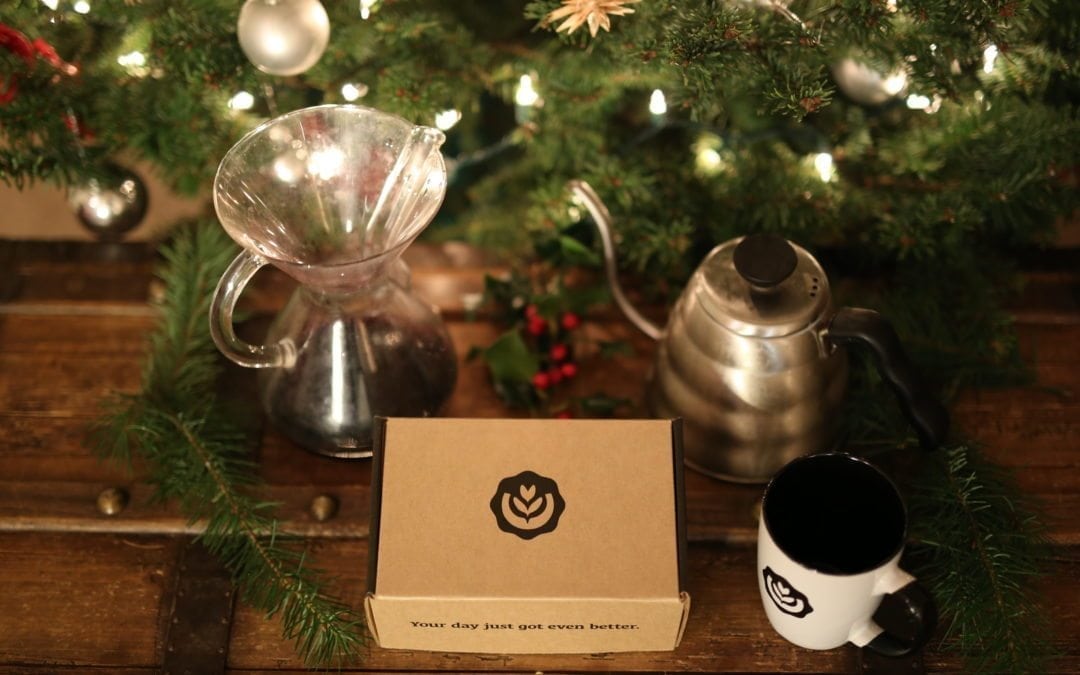

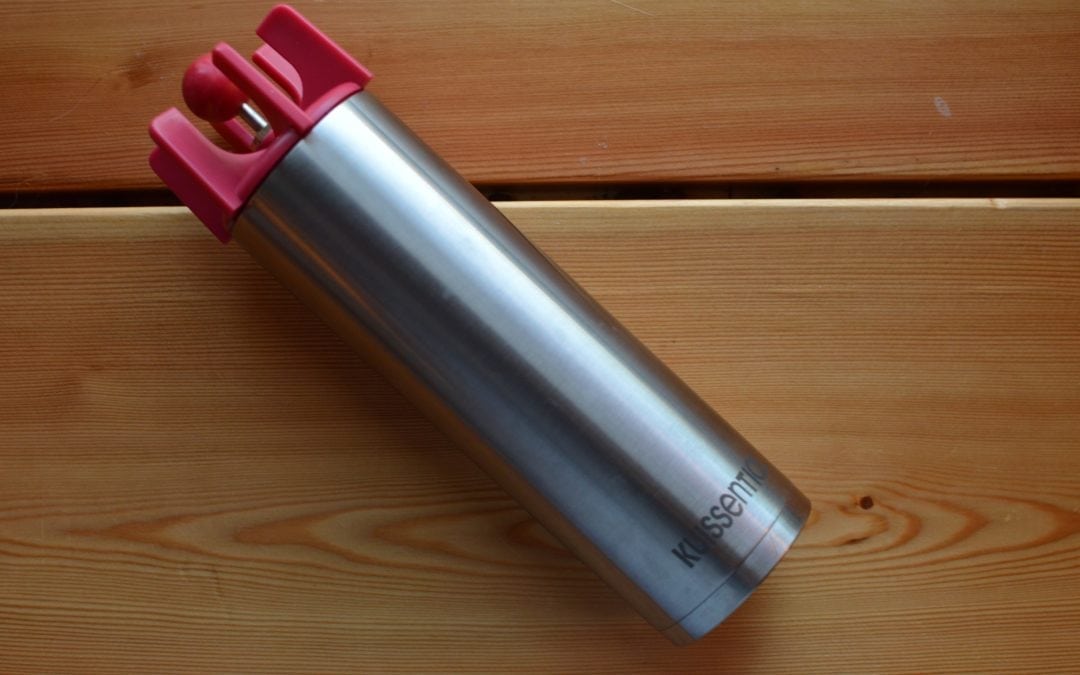


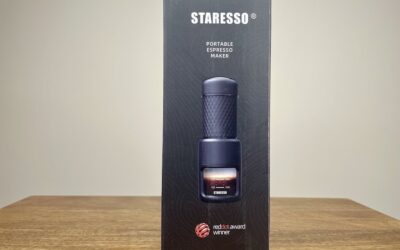



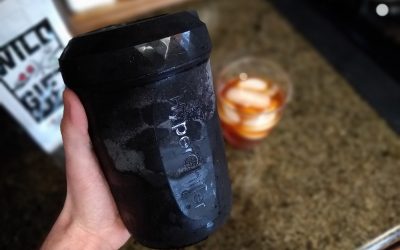
0 Comments